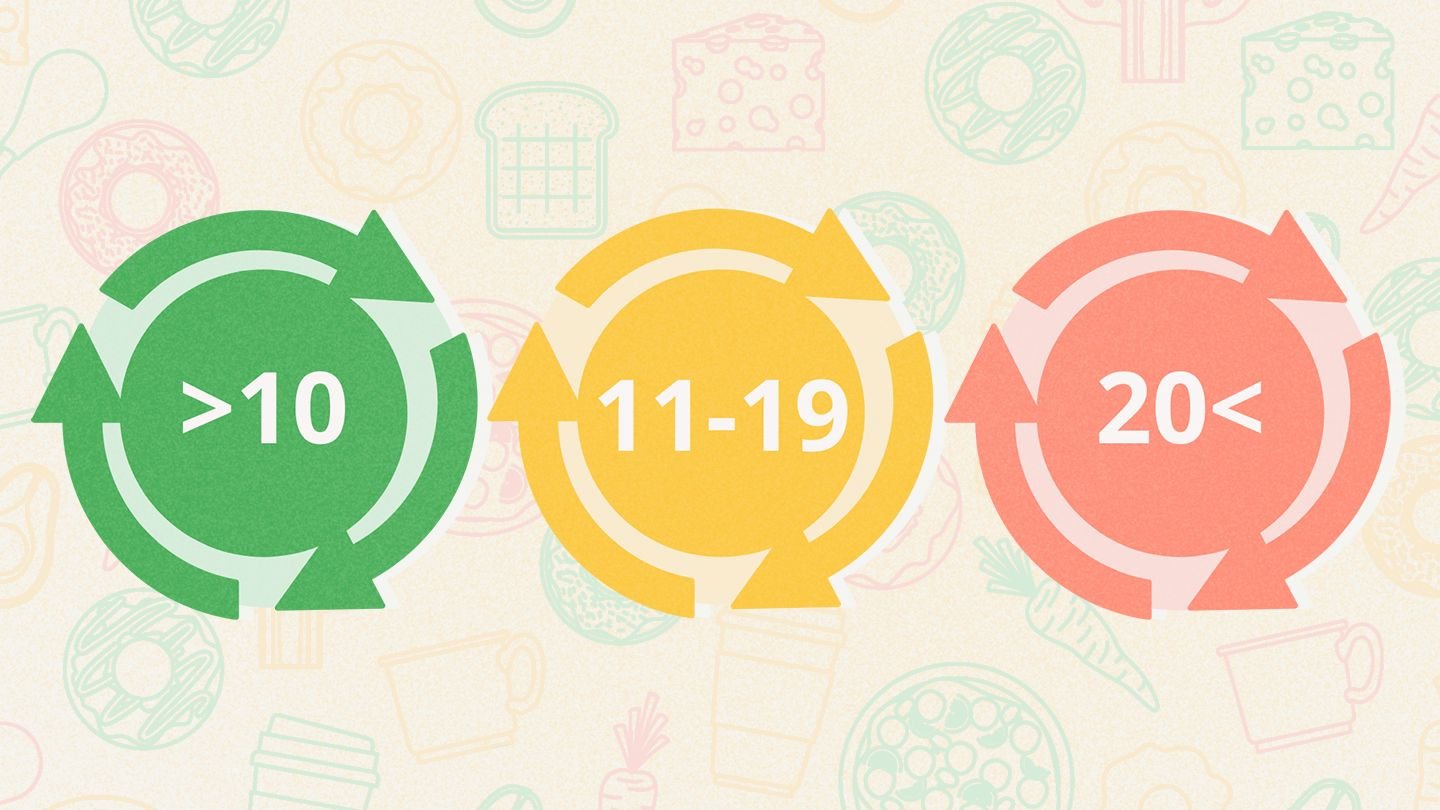When it comes to managing blood sugar levels, understanding the impact of different foods on your body is crucial. The glycemic load is a valuable tool that helps individuals make informed dietary choices to regulate their blood sugar levels effectively. In this article, we will delve into the concept of glycemic load, its significance, and how a free tool can contribute to better blood sugar management.
Table of Contents
- Understanding Glycemic Load
- What is Glycemic Load?
- How is Glycemic Load Calculated?
- Differentiating Glycemic Load from Glycemic Index
- The Importance of Glycemic Load in Blood Sugar Management
- Effects of High-Glycemic Foods
- Stabilizing Blood Sugar Levels
- How Glycemic Load Differs from Glycemic Index
- Glycemic Index Recap
- Limitations of Glycemic Index
- Incorporating Glycemic Load for Accurate Insights
- Utilizing the Free Glycemic Load Tool
- Introduction to the Tool
- Step-by-Step Guide to Using the Tool
- Interpreting Results for Practical Application
- Benefits of Incorporating Glycemic Load into Your Diet
- Improved Blood Sugar Management
- Sustained Energy Levels
- Weight Management and Satiety
- Glycemic Load and Meal Planning
- Creating Balanced and Low-Glycemic Load Meals
- Adapting Recipes for Better Glycemic Load
- Addressing Common Misconceptions about Carbohydrates
- Quality vs. Quantity of Carbohydrates
- The Role of Fiber in Glycemic Load
- Glycemic Load and Special Dietary Needs
- Glycemic Load Considerations for Diabetics
- Athletes and Glycemic Load
- Lifestyle Factors and Glycemic Load
- Stress and Blood Sugar Levels
- Sleep’s Impact on Glycemic Control
- Making Informed Choices: Glycemic Load in Real Life
- Navigating Restaurant Menus
- Snack Selection for Balanced Glycemic Load
- The Science Behind Glycemic Load
- How Different Foods Affect Blood Sugar
- Glycemic Load and Insulin Response
- Educational Resources for Glycemic Load
- Books, Websites, and Apps
- Consulting Healthcare Professionals
- Glycemic Load: A Step Towards Long-Term Health
- Preventive Benefits
- Role in Chronic Disease Management
Understanding Glycemic Load
What is Glycemic Load?
Glycemic load measures the actual impact of a specific portion of food on blood sugar levels. It takes into account both the quantity of carbohydrates in a food and how quickly those carbohydrates are metabolized.
How is Glycemic Load Calculated?
Glycemic load is calculated using the formula: Glycemic Load = (Glycemic Index × Grams of Carbohydrates) / 100. This calculation provides a more accurate representation of a food’s impact on blood sugar levels compared to the glycemic index alone.
Differentiating Glycemic Load from Glycemic Index
While the glycemic index ranks carbohydrates based on their immediate effect on blood sugar, glycemic load provides a more practical assessment by considering portion sizes.
The Importance of Glycemic Load in Blood Sugar Management
Effects of High-Glycemic Foods
Consuming high-glycemic foods can lead to rapid spikes and crashes in blood sugar levels. These fluctuations can result in energy slumps, cravings, and overeating.
Stabilizing Blood Sugar Levels
Focusing on foods with a low glycemic load can help stabilize blood sugar levels. This approach promotes steady energy levels, reduces the risk of type 2 diabetes, and supports overall well-being.
How Glycemic Load Differs from Glycemic Index
Glycemic Index Recap
The glycemic index ranks carbohydrates on a scale of 0 to 100 based on how quickly they raise blood sugar levels. Higher values indicate faster absorption and greater blood sugar spikes.
Limitations of Glycemic Index
The glycemic index does not account for portion sizes, leading to potential inaccuracies in assessing a food’s impact on blood sugar. It also fails to consider the actual amount of carbohydrates consumed.
Incorporating Glycemic Load for Accurate Insights
Glycemic load addresses the limitations of the glycemic index by factoring in both the quality and quantity of carbohydrates in a serving, offering a more comprehensive view of a food’s impact.
Utilizing the Free Glycemic Load Tool
Introduction to the Tool
A variety of online tools are available for calculating the glycemic load of different foods. These tools allow users to make informed choices when planning meals.
Step-by-Step Guide to Using the Tool
- Enter the food item and portion size.
- Receive the glycemic load value along with relevant information.
- Use the value to determine the food’s effect on blood sugar.
Interpreting Results for Practical Application
Glycemic load values are categorized as low, medium, or high. Individuals can prioritize foods with low to medium glycemic loads for better blood sugar management.
Benefits of Incorporating Glycemic Load into Your Diet
Improved Blood Sugar Management
By selecting foods with lower glycemic loads, individuals can maintain more stable blood sugar levels throughout the day, reducing the risk of energy crashes and mood swings.
Sustained Energy Levels
Low-glycemic-load foods release energy gradually, providing sustained fuel for the body and mind without abrupt energy dips.
Weight Management and Satiety
Foods with lower glycemic loads often contribute to greater feelings of fullness, making it easier to control portions and support weight management efforts.
Glycemic Load and Meal Planning
Creating Balanced and Low-Glycemic Load Meals
Incorporating a variety of low-glycemic-load foods, such as whole grains, lean proteins, and vegetables, can help create balanced meals that promote stable blood sugar levels.
Adapting Recipes for Better Glycemic Load
Recipes can be modified by substituting high-glycemic ingredients with lower-glycemic alternatives without compromising flavor or texture.
Addressing Common Misconceptions about Carbohydrates
Quality vs. Quantity of Carbohydrates
Not all carbohydrates are created equal. Choosing whole, unprocessed carbohydrates with lower glycemic loads is essential for maintaining optimal blood sugar levels.
The Role of Fiber in Glycemic Load
Fiber-rich foods tend to have lower glycemic loads as they slow down digestion and the absorption of carbohydrates, resulting in a gentler impact on blood sugar.
Glycemic Load and Special Dietary Needs
Glycemic Load Considerations for Diabetics
Individuals with diabetes can benefit from monitoring glycemic loads to prevent rapid blood sugar fluctuations. Consulting a healthcare professional is








